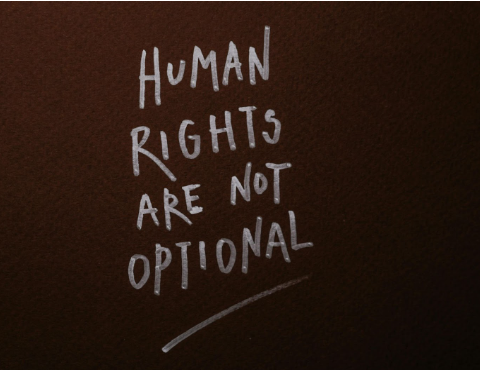By Katie Kress
In South America, green scarves have been a symbol of resistance against the mistreatment of women for decades. The use of the color green stems from its symbolization of growth, nature, and life. Though previously associated with anti-abortion activism, the term “life” was reclaimed by — and ultimately became synonymous with — The Green Wave, a pro-choice movement fighting for decriminalization and legalization of abortion. Beginning in Argentina, the debate inspired by the movement made human rights topics such as feminism and abortion access far more commonplace. The discussion of these issues spread to neighborhoods and restaurants; one might even find men drinking coffee and discussing abortion rights in a local cafe. With the spread of these discussions came the spread of the green bandanas used by the movement throughout schools and cities. Students tied them to their backpacks; women wore them in their hair. Soon, the country began to run out of green fabric altogether. The movement quickly spread throughout South America, resulting in offshoot movements that led to the legalization of abortion in Argentina and the decriminalization of abortion in Mexico and Colombia.
In contrast to the historic results of the South American pro-choice movement, the United States has recently seen a regression in citizens’ legal rights to abortion. In fact, the United States is just one of four countries to further restrict access to abortion in the 21st century. In 2022, Roe v. Wade, a case that heavily limited states’ ability to restrict abortion, was overturned. In their dissenting opinion, Justices Breyer, Sotomayor, and Kagan wrote that the decision means that “young women today will grow up with fewer rights than their mothers and grandmothers.” The overturning of this landmark case means that states are free to restrict abortions as they see fit. In many states, this means that women will not have access to abortion services at all and could even face criminal charges for seeking such services.
One thing that may account for the variance in success is the central focus or argument of the US movement in comparison to that of the Green Wave. Prior to its overwhelming success, the Green Wave movement, similar to the US pro-choice movement, focused its arguments for legalizing abortion on religion and morality. The Green Wave first began to achieve its political success when it switched its central argument – abortion, the activists began to argue, was an issue of public health and human rights. Focusing the argument on women’s rights and maternal health prevents the conversation around abortion rights from deteriorating into accusations of immorality, a common occurrence in the US debate on abortion. This shift in focus by the US pro-choice movement would also encourage public discussion of human rights issues, a tactic which made a significant difference in South America.
An additional aspect of the Green Wave movement, which has accounted for some of its success, is its grassroots nature. While a significant portion of the US pro-choice movement is grassroots, there remains a strong association with large organizations such as Planned Parenthood. This is something that may be detrimental to the success of US activists as the movement becomes less about its goals and values and more about the organizations involved. If one disagrees with Planned Parenthood, they are never going to get involved, even if they agree with other aspects of the movement. In this way, associating with large organizations is hindering the success of US abortion rights activists.
On the heels of such a substantial setback of human rights, the upcoming actions of the pro-choice movement will define not only abortion rights but women’s rights in the United States for decades to come. The US pro-choice movement must learn from the Green Wave in South America if it too hopes to legalize abortion.

